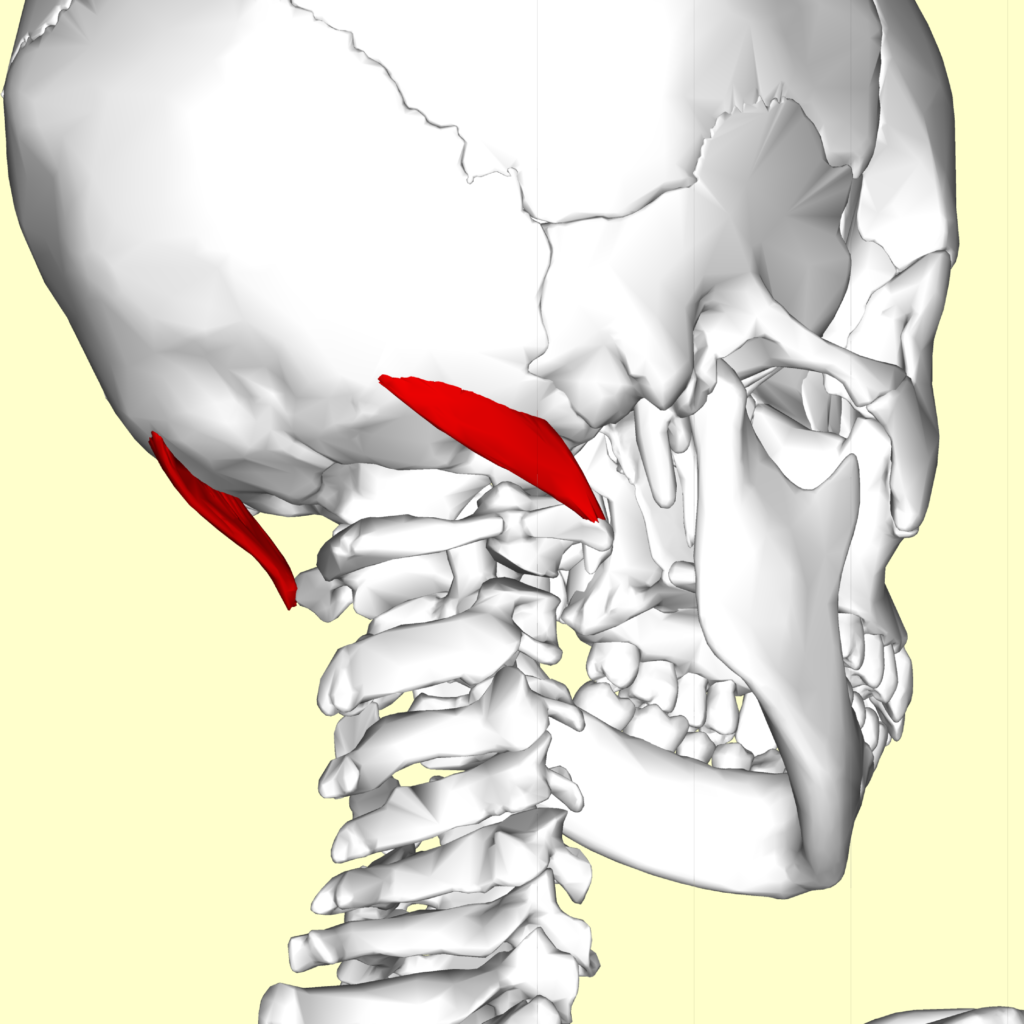
Neck pain, dry needling and balance
A change in tension of neck muscles may contribute to balance deficits often experienced in people with neck pain. One muscle in particular, the obliquus capitis inferior (OCI, seen in picture), plays an important role in facilitating coordination and balance. This muscle communicates joint position to the vestibular system and vision systems to maintain an upright posture. Dry needling this muscle improve pain, cervical range of motion and joint position sense.

Neck pain is often associated with balance issues. This may be attributed to an alteration in tension of specific neck muscles that are responsible for relaying information to the balance system (collectively the vestibular, ocular and proprioceptive systems). An interruption of this signaling process due to injury, or perhaps poor neck range of motion, can lead to poor balance or a change in posture. The resulting poor balance and loss of neck range of motion can exacerbate the underlying issue. Dry needling is an effective intervention for the treatment of to change signaling from this muscle.

In this article, 40 participants with an average age of 37, experiencing neck pain (>3/10 pain) for 3+ months, with a moderate to severe disability (measured by the Neck Disability Index), poor joint position, and limited neck motion were recruited and divided into two groups. Group one received dry needling to the OCI and group two received sham (fake) needling of the OCI. The participants measurements included neck pain, cervical range of motion, joint position error, standing balance and disability (Neck Disability Index). These measurements were taken at baseline, immediately after intervention and 1 week after intervention.
The findings demonstrated a significant improvement in pain, neck range of motion and an improvement in joint position. However, no improvements were demonstrated with standing balance tests. This may be attributed to limited follow up (1 week after intervention), limited treatment exposure (1 session), and possible involvement of multiple systems that weren’t addressed (vision, vestibular, proprioceptive). It is promising that moderate effects were seen with joint position sense (one aspect of balance).
Conclusion: Dry needling is a safe and effective intervention to address neck pain, improve neck range of motion and improve joint position sense.